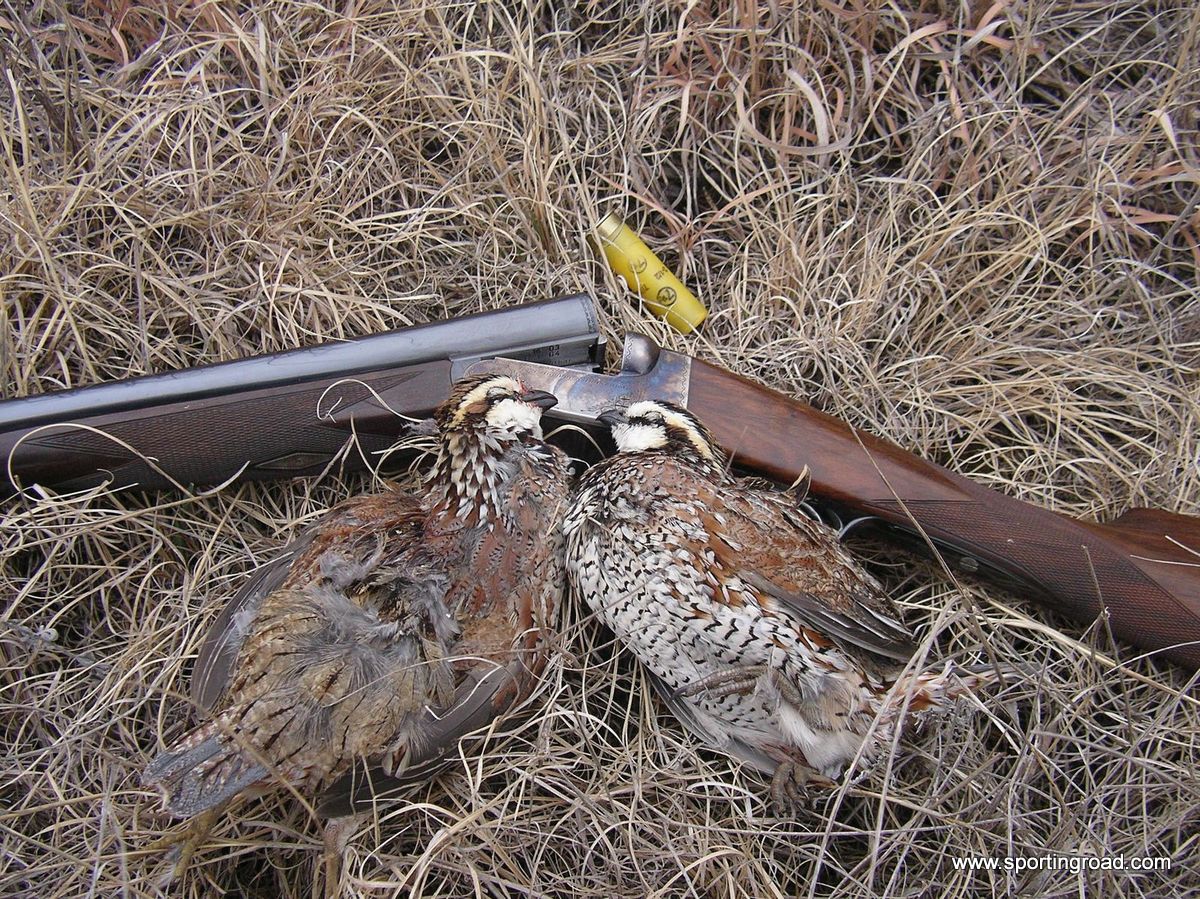Not all Chickens are Alike!
In France and most of Europe, poussin are very popular and have been regularly available since the domesticated wild red jungle fowl. Poussin is the first stage of a chicken’s life (think veal). Next is the poulet. Then, mature females or hens are poules, and the mature males are coqs. Typically, a European goes to market with a specific type of chicken in mind depending upon the recipe. For instance, cooking an old rooster in wine for a long time, coq au vin. Poule au pot, hen in the pot, requires a mature female to mature in the broth and vegetables. Here the coq’s pronounced flavor would be a bit overwhelming. In America, a capon is a reasonable substitute. A capon is gelded male fed milk until 6 months. The flesh is very white and, in France, the capon is traditionally served at Christmas. For everyday roasting or other dry cooking, get a poulet, or pullet, for a bird that will be juicy and tender. A poussin is the most tender, as they are only a month old and purely grain fed. In the United States, fryers are birds of either sex up to 3 ½ pounds, then come roasters up to 5 pounds, and capons which range from 6-10 pounds. Poussin can be ordered in the US from D’Artagnans. I encourage you to buy your chickens whole, rather than in parts (as it is generally far less expensive and you'll be rewarded with all those sauce-building pieces such as the wing tips, back neck and giblets. It's easy to learn how to spatchcock a chicken, all you need are kitchen shears and a sharp knife. We through any extra meat such as the wing tips and back

